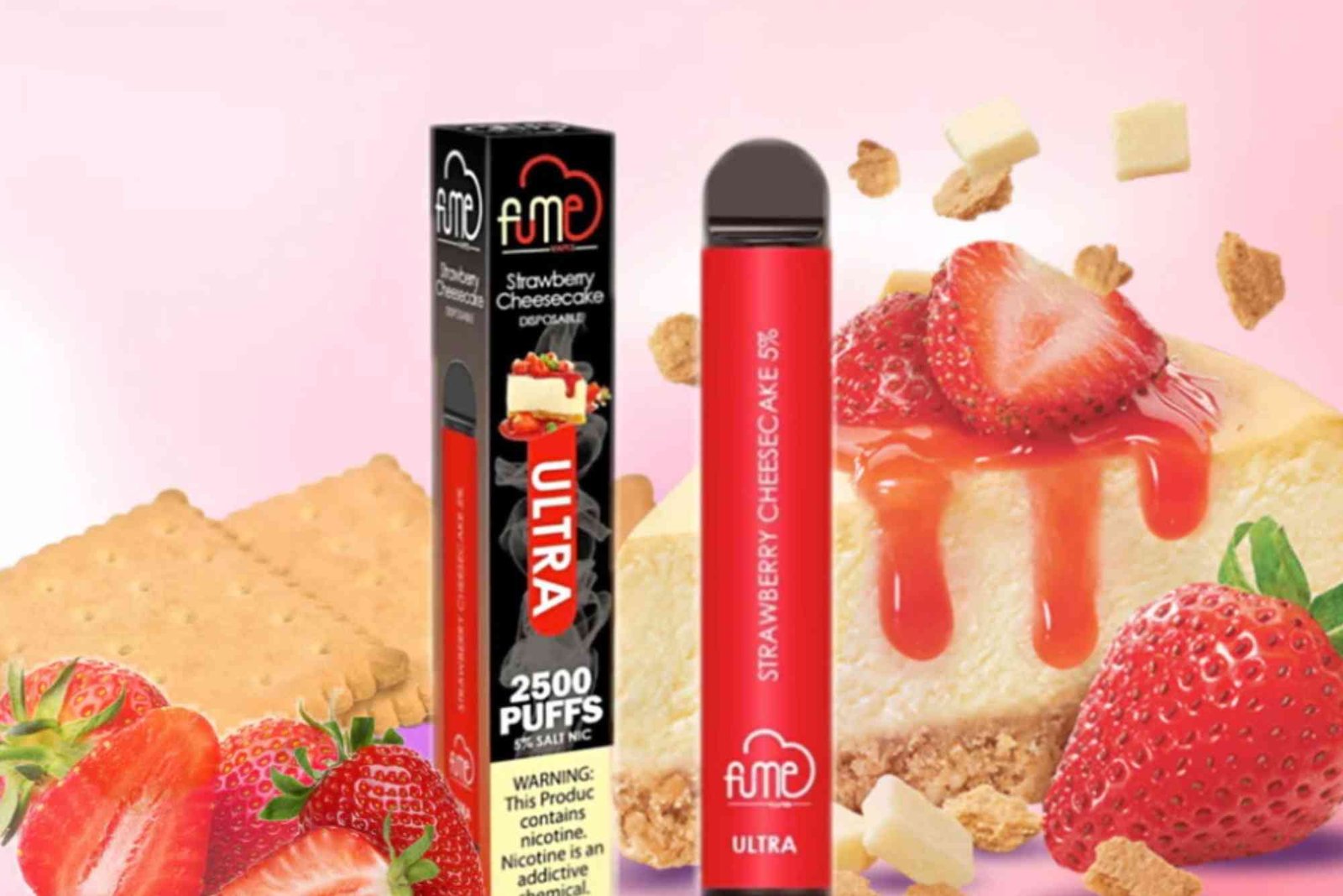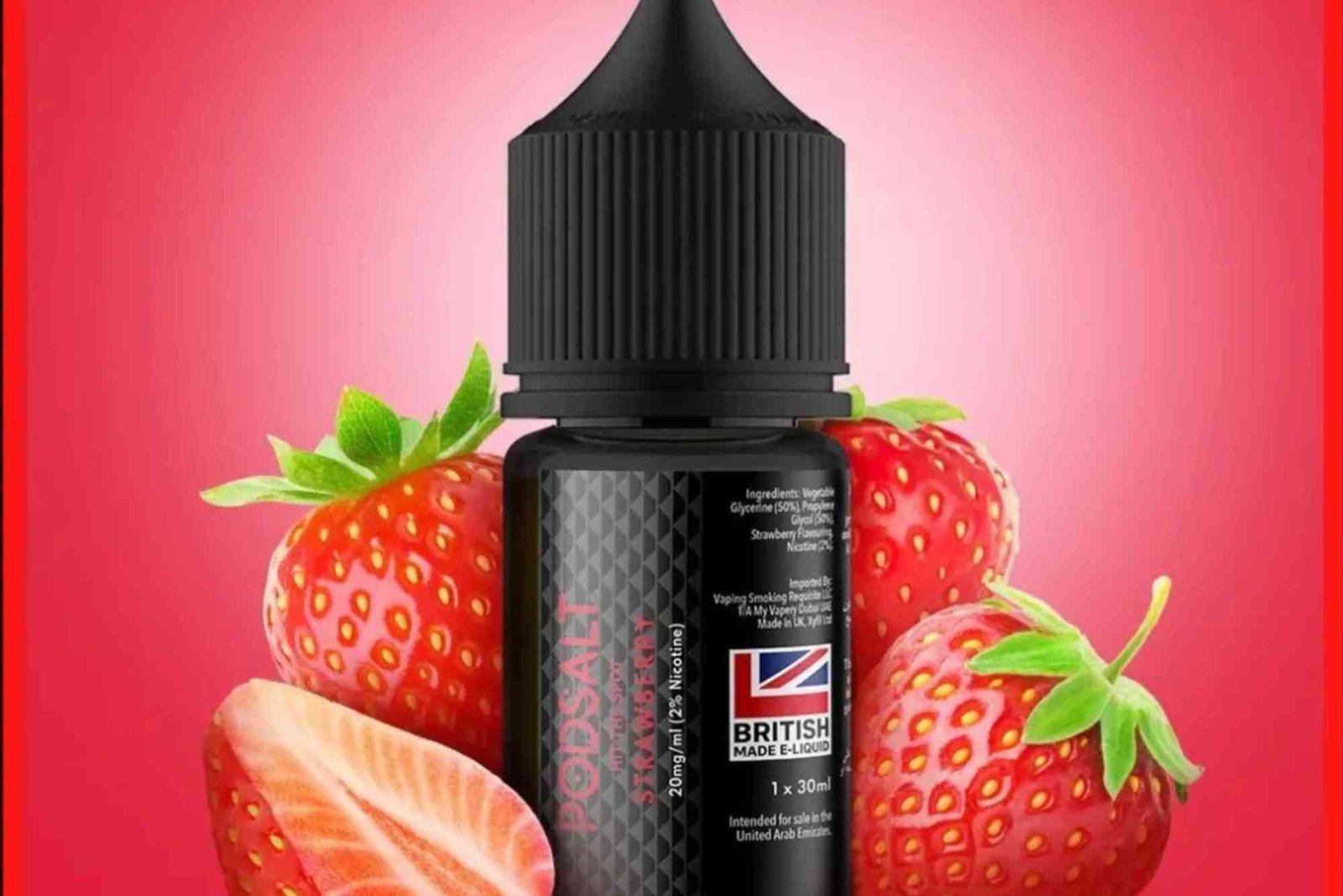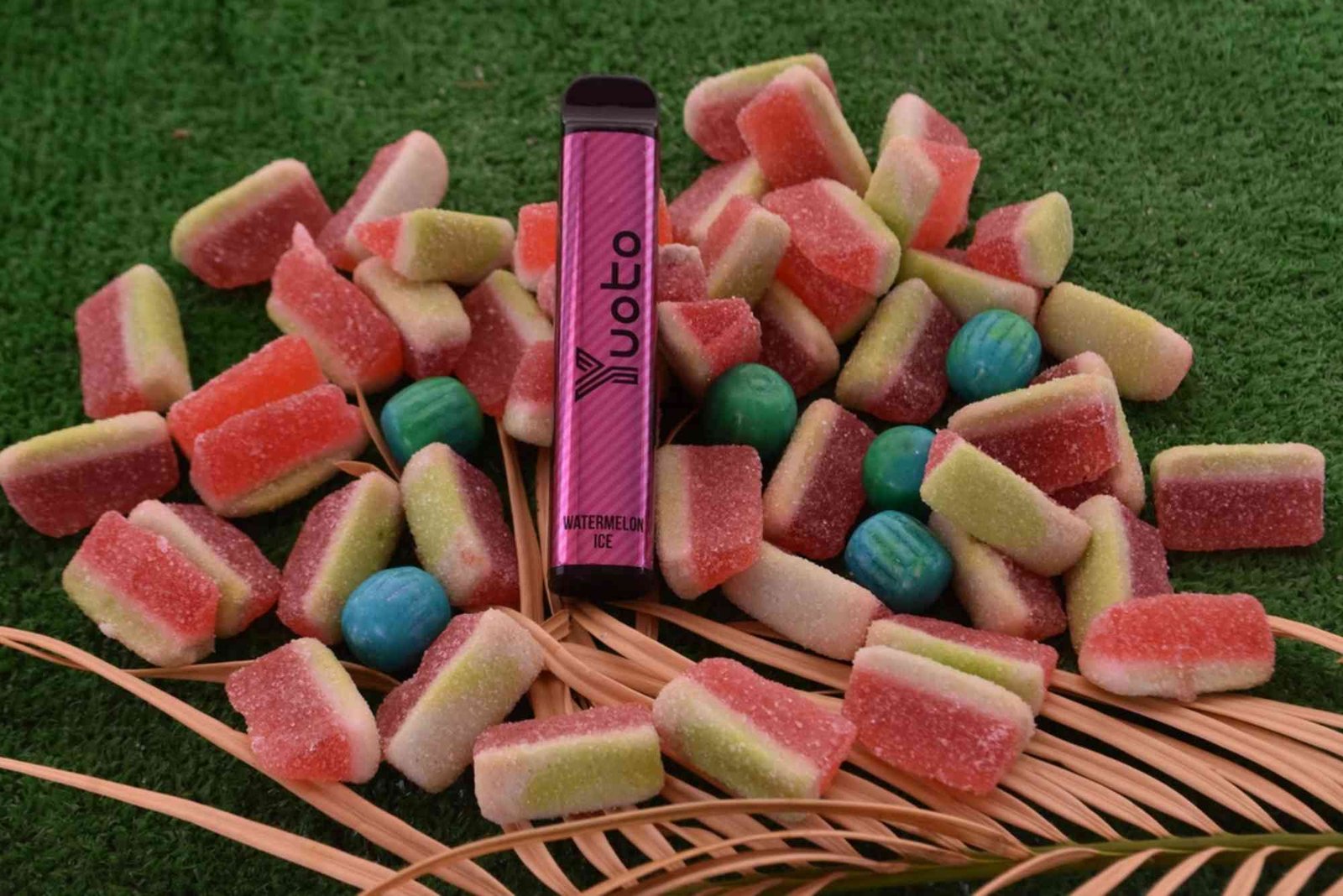When it comes to the design and construction of parapet walls, choosing the right coping material is crucial. Two popular materials for coping are aluminium and steel. Both materials offer distinct advantages and disadvantages, making them suitable for different applications and environments. This article delves into the characteristics of aluminium coping and steel, highlighting how each performs and their suitability for your parapet wall needs.
What is Parapet Wall Coping?
Parapet wall coping is the top portion of a parapet wall, designed to protect the structure from water infiltration and damage. The coping provides a finished look, prevents erosion, and enhances the aesthetic appeal of the building. Effective coping should divert water away from the wall surface, thereby extending the life of the parapet wall.
Overview of Aluminium Coping
Aluminium coping is made from aluminium extrusions that are designed to fit on top of parapet walls. This material has gained popularity in construction due to its numerous beneficial properties.
Benefits of Aluminium Coping
Lightweight: Aluminium is significantly lighter than steel, making it easier to handle and install. This lightweight nature also reduces the overall structural load on the building.
Corrosion Resistance: Aluminium naturally forms a protective oxide layer that resists corrosion. This makes it an ideal choice for coastal or humid environments where metal degradation is a concern.
Low Maintenance: Due to its corrosion-resistant properties, aluminium coping requires minimal maintenance compared to other materials. Regular inspections and cleaning are typically sufficient to keep it in good condition.
Aesthetic Versatility: Aluminium can be easily painted or anodized, allowing for a wide range of color options and finishes to suit different architectural styles.
Recyclability: Aluminium is a sustainable choice, as it is 100% recyclable. This can contribute to LEED (Leadership in Energy and Environmental Design) points for sustainable building practices.
Limitations of Aluminium Coping
Lower Strength: While aluminium is durable, it does not have the same tensile strength as steel. This can be a concern in areas prone to extreme weather conditions or heavy impacts.
Thermal Expansion: Aluminium expands and contracts significantly with temperature changes, which can lead to warping or buckling if not properly accounted for in the design.
Overview of Steel Coping
Steel coping, typically made from galvanized steel or stainless steel, is another popular choice for parapet wall applications. Steel is known for its strength and durability, making it a preferred option in many construction scenarios.
Benefits of Steel Coping
High Strength and Durability: Steel offers superior strength compared to aluminium, making it ideal for areas that require additional structural integrity. It can withstand impacts and is less likely to warp under pressure.
Long Lifespan: When properly treated and maintained, steel coping can last for decades. Galvanization and stainless steel options provide excellent resistance to rust and corrosion.
Versatility in Design: Like aluminium, steel can also be painted and finished to meet aesthetic requirements, allowing for seamless integration with various architectural styles.
Fire Resistance: Steel has excellent fire-resistant properties, making it suitable for buildings where fire safety is a priority.
Limitations of Steel Coping
Weight: Steel is heavier than aluminium, which can make installation more complex and increase the structural load on the building.
Corrosion Concerns: While galvanized and stainless steel offer good corrosion resistance, they are not immune to rust in harsh environments. Regular maintenance is essential to prevent degradation.
Higher Initial Cost: The upfront cost of steel coping can be higher than aluminium, although its longevity can offset this cost over time.
Key Differences Between Aluminium and Steel Coping
When considering aluminium coping versus steel, several factors come into play. Here’s a comparative analysis of the two materials:
Weight
Aluminium: Lightweight, making it easier to install and handle.
Steel: Heavier, which may require additional labor and support during installation.
Corrosion Resistance
Aluminium: Naturally resistant to corrosion; ideal for wet environments.
Steel: Requires galvanization or stainless steel treatment to resist rust, particularly in coastal or industrial areas.
Strength
Aluminium: Sufficient for most applications but may lack the strength needed for heavy-duty applications.
Steel: Superior strength, making it ideal for structures exposed to high loads or impacts.
Cost
Aluminium: Generally lower initial cost but can vary based on finishes.
Steel: Higher upfront cost, but its longevity may justify the expense.
Maintenance
Aluminium: Low maintenance; requires occasional cleaning.
Steel: Needs regular maintenance to prevent rust, especially in harsh conditions.
Choosing the Right Coping Material
The choice between aluminium and steel coping ultimately depends on various factors, including:
Location and Environment: For coastal areas or regions with high humidity, aluminium may be the better option due to its corrosion resistance. Conversely, for industrial locations with potential impacts, steel might be more suitable.
Structural Requirements: Consider the load and stress your parapet wall will endure. If the area is prone to severe weather or heavy traffic, steel coping may be preferable.
Aesthetic Preferences: Both materials can be customized to match your design vision. Evaluate which material complements your building’s architecture better.
Budget Constraints: Analyze the long-term costs versus initial investment. While aluminium may be cheaper upfront, steel’s durability might offer better value over time.
Sustainability Goals: If sustainability is a priority, aluminium’s recyclability makes it an attractive choice for eco-conscious projects.
Installation Considerations
Proper installation is critical for the longevity and effectiveness of parapet wall coping. Here are some considerations for both materials:
Aluminium Coping Installation
Secure Fastening: Ensure that aluminium coping is securely fastened to the parapet wall to withstand wind loads.
Thermal Expansion Gaps: Allow for thermal expansion by leaving appropriate gaps between sections.
Sealing: Use sealants to prevent water infiltration at joints and seams.
Steel Coping Installation
Proper Support: Ensure that the parapet wall can support the additional weight of steel coping.
Rust Prevention: Apply a protective coating during installation to enhance corrosion resistance.
Alignment: Ensure all pieces are properly aligned and secured to avoid gaps where water can enter.
Maintenance Tips
Both aluminium and steel coping require some level of maintenance to ensure optimal performance.
Aluminium Coping Maintenance
Regular Cleaning: Clean the surface periodically to remove dirt and debris that can trap moisture.
Inspect for Damage: Check for signs of warping or impact damage and address them promptly.
Steel Coping Maintenance
Rust Checks: Regularly inspect for rust and treat any areas of corrosion immediately.
Repainting: Consider repainting every few years to maintain protective coatings and aesthetic appeal.
Choosing the right coping material for your parapet wall is essential for both structural integrity and aesthetic appeal. Aluminium coping offers advantages in terms of weight, corrosion resistance, and maintenance, while steel coping provides superior strength and durability. By understanding the differences between these materials and evaluating your specific needs, you can make an informed decision that will enhance the longevity and performance of your parapet wall.









